HAVAL H6 HEV Test Drive: A Budget-Friendly Alternative to CR-V e:HEV
 WilliamJun 25, 2025, 10:20 AM
WilliamJun 25, 2025, 10:20 AM
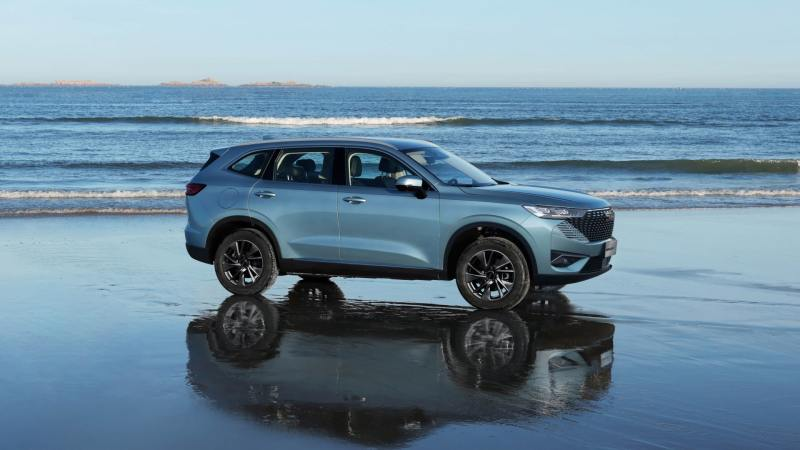
【PCauto】The initial reason I noticed the HAVAL H6 HEV was its price of RM139,800, along with a 10-year vehicle warranty and an 8-year hybrid system warranty, which are rare in the C-segment SUV category.
Exterior of GWM HAVAL H6 HEV
The physical presence of the HAVAL H6 HEV feels far more substantial than in pictures. With a length of 4,683 mm, a width of 1,886 mm, and a height of 1,730 mm, the vehicle appears robust and well-proportioned, delivering the expected presence of a C-segment SUV.
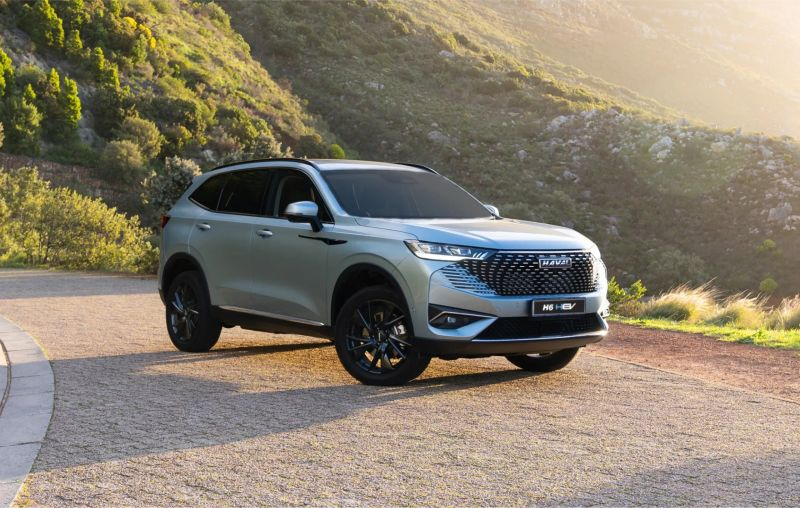
The car features a metallic-finish paint, and the HEV version adopts a borderless grille design with an intricate geometric pattern inside. Paired with the prominent and oversized HAVAL logo, it ensures high recognition. The sharp LED headlight clusters on both sides, along with the distinctive daytime running light strips, improve the visual effect of the front fascia.
The side profile boasts smooth lines, with sculpted door panels creating dynamic light and shadow effects. Standard equipment includes 19-inch dual-tone alloy wheels with a sleek design, paired with 225/55 R19 tires that harmonize well with the vehicle's proportions.
At the rear, the HAVAL H6 HEV adopts the currently trendy LED taillight design, with intricate details inside the light chamber exuding a sense of refinement when illuminated. The lower rear bumper features a diffuser-like element, while the exhaust pipes are hidden, contributing to a minimalist look.

Additional exterior details include chrome door handles, silver roof rails, power-folding side mirrors with integrated turn signals—all are designed for both practicality and visual harmony. The front and rear LED lighting effects are excellent, while automatic headlights and rain-sensing wipers are also included.
Interior of GWM HAVAL H6 HEV
Settling into the driver's seat, I immediately noticed the refreshing dual-zone air conditioning and the refined texture of the leather upholstery. The combination of a 10.25-inch digital instrument cluster and a 12.3-inch infotainment touchscreen has become standard among Chinese automotive brands, so it's hardly surprising here. At my height of 170 cm, there was an ample headroom in the rear seats for me (thanks to the 175 mm ground clearance, entry and exit were also convenient). With two fist-widths of knee room, rear air vents, and USB ports, passengers’ complaints on long family trips may be reduced.

With the flat-mounted battery beneath the chassis, the HAVAL H6 offers a generous 560L trunk capacity (without folding the rear seats), easily accommodating three 24-inch suitcases. Beneath the flat load floor, the original spare tire compartment now neatly houses a tire repair kit—a thoughtful and practical design.
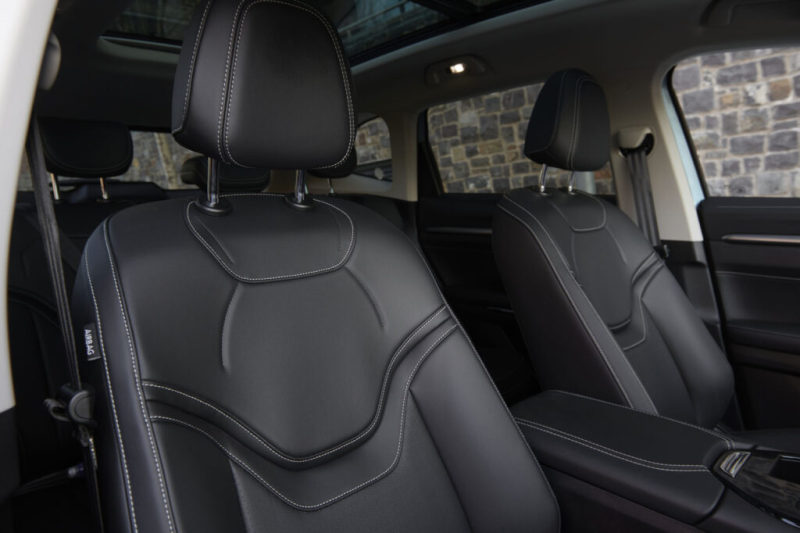
Driving Experience of GWM HAVAL H6 HEV
The moment I pressed the start button, the silence made me doubt whether the engine was actually ignited—until a light press on the accelerator confirmed the motor was running through subtle steering wheel vibrations. As I drove out of the showroom, I intentionally drove over a few manhole covers, and the MacPherson front and multi-link rear suspension absorbed the bumps with impressive smoothness.
After entering the main road, I tested the acceleration, and the most impressive aspect was the immediate throttle response: the motor's 300 Nm of torque allowed it to easily overtake other vehicles, making the H6 feel far lighter than its actual 1,720 kg curb weight. When I pressed the accelerator deeper, the slight vibration from the 1.5T engine engaging was barely noticeable, and the combined 530 Nm of thrust made overtaking maneuvers exceptionally easy.
Switching to Sport mode revealed the true character of the two-speed transmission. When the speed exceeded 70 km/h and was ready for rapid acceleration, I could clearly feel the first gear shift—a sense similar to shift jerkiness of traditional 6AT upshifting to third gear, but much milder. Compared with the Toyota Corolla Cross Hybrid I'd driven before, the DHT system prioritizes direct engine drive during hard acceleration, whereas Toyota's THS maintains the assistance of motor. The two-speed DHT design allows earlier engine engagement, meaning the motor's 177 PS output works in better harmony during mid-to-high-speed acceleration.
The test drive covered both congested city streets and winding mountain roads, with the dashboard showing an average fuel consumption of 6.2L/100km. Later, I noticed that during long downhill segments, the H6 HEV system automatically increased energy recovery intensity, and the linear feel of the electronic brake was more natural compared to the Honda CR-V Hybrid.
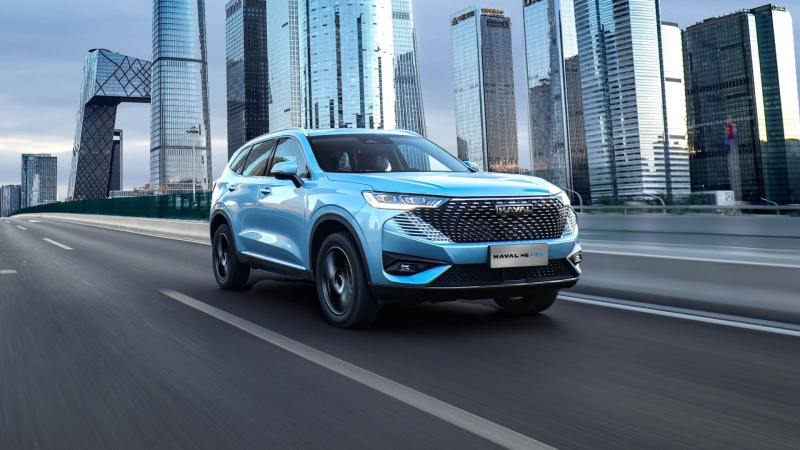
Haval H6 HEV vs Honda CR-V e:HEV
There's no doubt that the Honda CR-V e:HEV gets popular among consumers due to its established brand reputation and credibility. Starting at around RM195,900, it's notably more expensive than the H6 HEV. The CR-V e:HEV's powertrain (i-MMD) is renowned for its exceptional smoothness and reliability, with an electric-first strategy that keeps driving quiet most of the time. However, when higher power demands arise, the engine's intervention causes relatively noticeable noise.
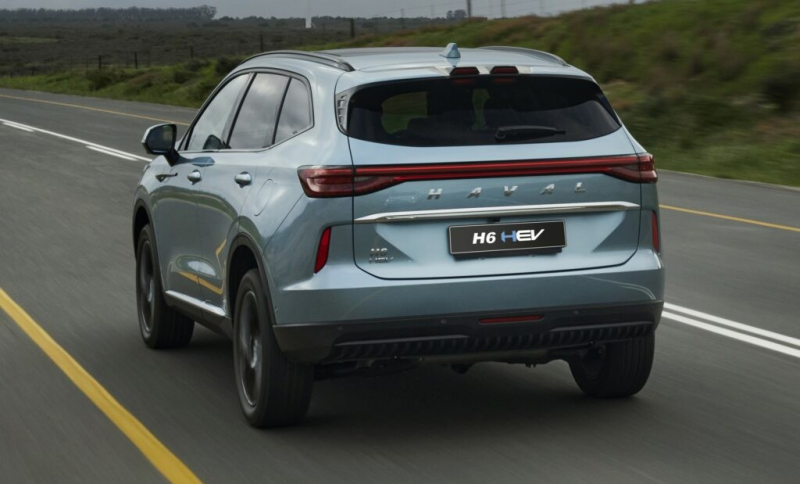
In contrast, the Haval H6 HEV's two-speed DHT hybrid system is comparable to the CR-V e:HEV in initial electric-drive quietness. Yet, during mid-range acceleration, the two-speed transmission allows the engine to directly drive the wheels or enable multi-power source parallel supply at lower speeds and across a broader range, achieving immediate and robust power delivery during high-speed driving or quick overtaking. This experience indeed feels different from the CR-V e:HEV's approach, where the motor plays the primary role, and the engine is more often utilized as a high-RPM generator.
In terms of energy consumption, the CR-V e:HEV benefits from Honda's advanced technical expertise. However, under the test drive combining urban and mountain roads, the H6 HEV's displayed average energy consumption of 6.2L/100km (only slightly higher than its claimed 5.8L figure), proving that the real-world fuel economy gap between the two is far smaller than their price difference.
More importantly, while the CR-V e:HEV provides standard warranty terms, the H6 HEV offers a 10-year whole-vehicle and 8-year hybrid powertrain warranty, both with coverage up to 1,000,000 kilometers. This substantial commitment to after-sales assurance effectively addresses many potential buyers' long-term concerns.
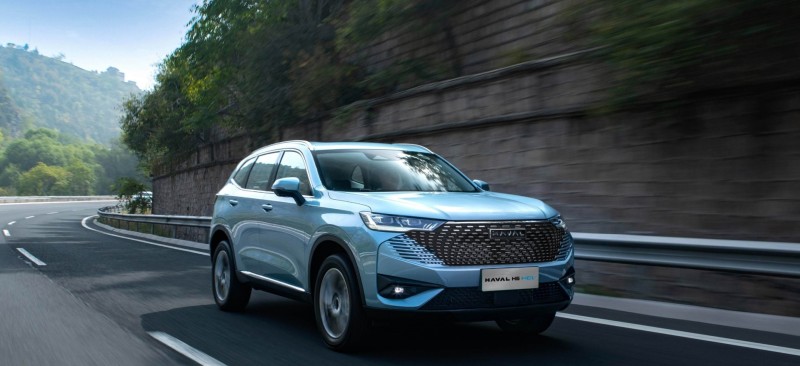
Overall, the Haval H6 HEV precisely targets buyers pursuing utility: at nearly RM56,000 less than the CR-V e:HEV (RM139,800 vs. RM195,900), it offers C-SUV level spaciousness, comprehensive active/passive safety and comfort tech features, a fuel-efficient dedicated hybrid system, and a highly competitive long-term warranty.
If any infringement occurs, please contact us for deletion
Trending News

BYD Sealion 7 is not only cheaper than Tesla Model Y, what other differences do they have?
Is it better to buy the BYD Sealion 7 or the Tesla Model Y? This really makes one a bit hesitant, but before you make a decision, I recommend you take a good look at this article.

2026 Toyota Hilux Travo released, the brand-new exterior and interior are highly anticipated
If you're considering buying a Hilux, honestly, the comprehensive innovations in the ninth generation are worth waiting for. While the current model might still have some advantages in terms of reliability and price, the new model offers significant changes in terms of exterior and interior luxury, tech features, and powertrain options.

In Malaysia, which sliding door MPVs are available?
The numerous advantages of sliding door MPVs make many people fond of this type of vehicle. However, MPVs are not a mainstream choice in the car market, so many people might not know which MPVs are available domestically.

Jaecoo J7 VS Honda CR-V, which is the most worthwhile C-Segment SUV to buy
With an exterior that closely resembles a Land Rover, Jaecoo J7's sales experienced several months of rapid growth but have recently slowed down. Perhaps the market is nearing saturation, as Jaecoo J7 has already surpassed the once-dominant Honda CR-V in the C-Segment SUV category.

Which one is better, Honda City or Toyota Vios?
When choosing a compact sedan, Honda City and Toyota Vios are often two options that make people weigh repeatedly. You might be attracted to the dynamic design of the Vios but also be captivated by the City.
Popular Cars
Model Year
Car Compare
Car Photo

